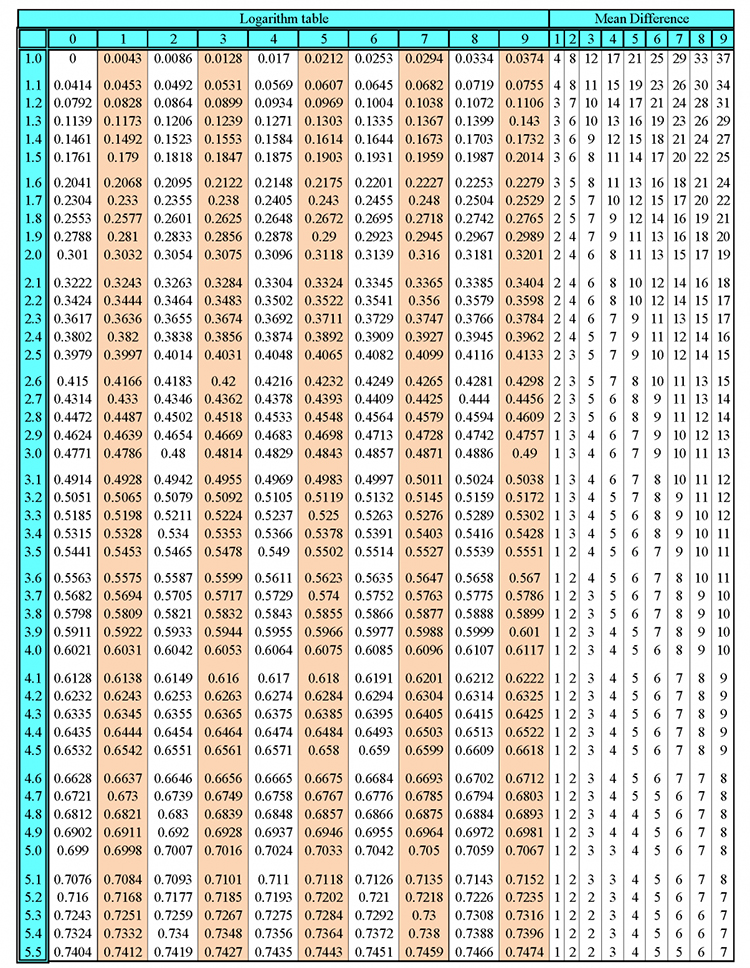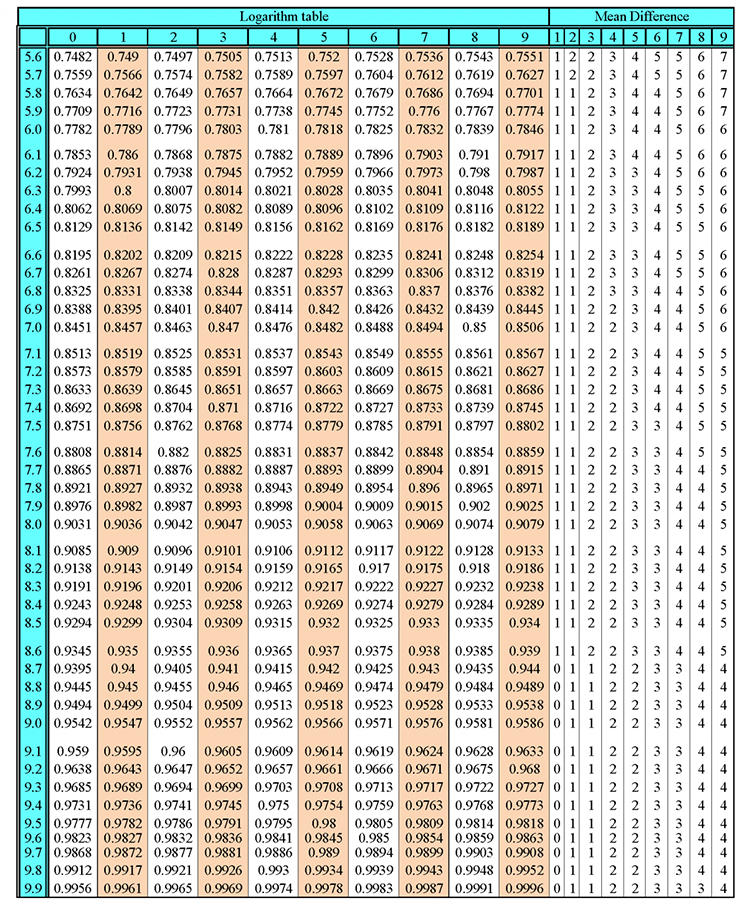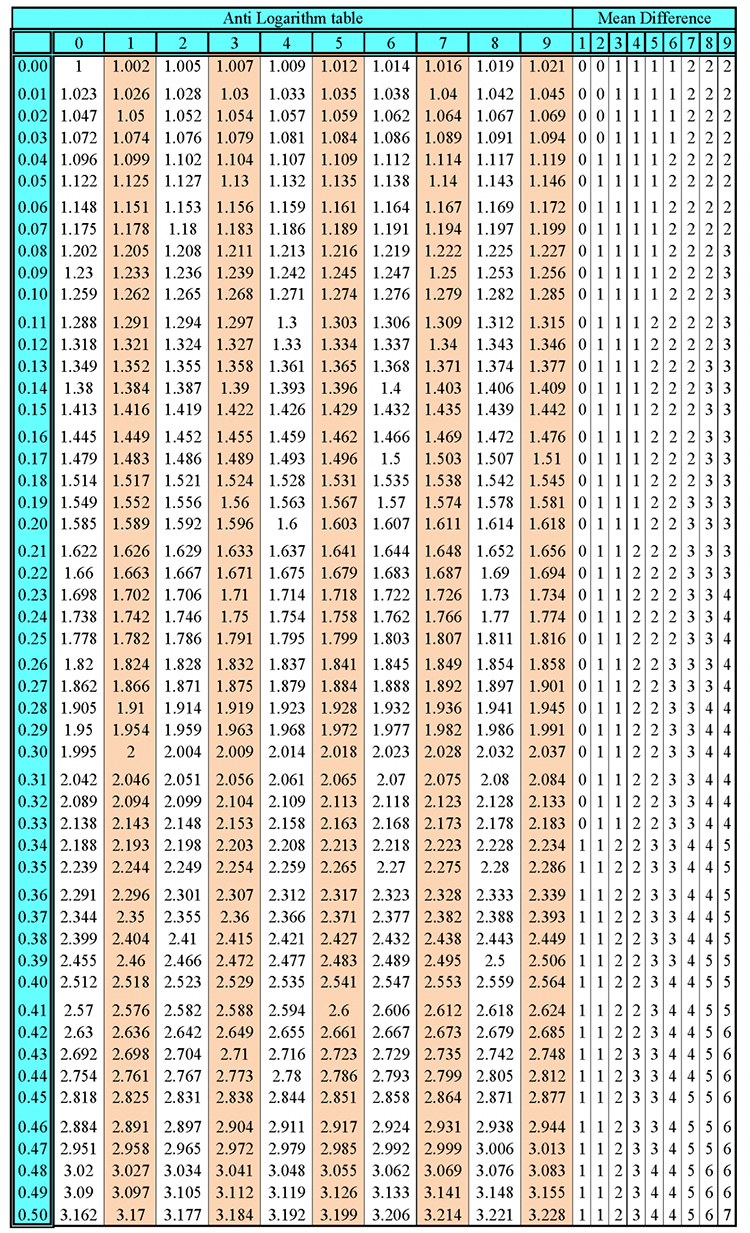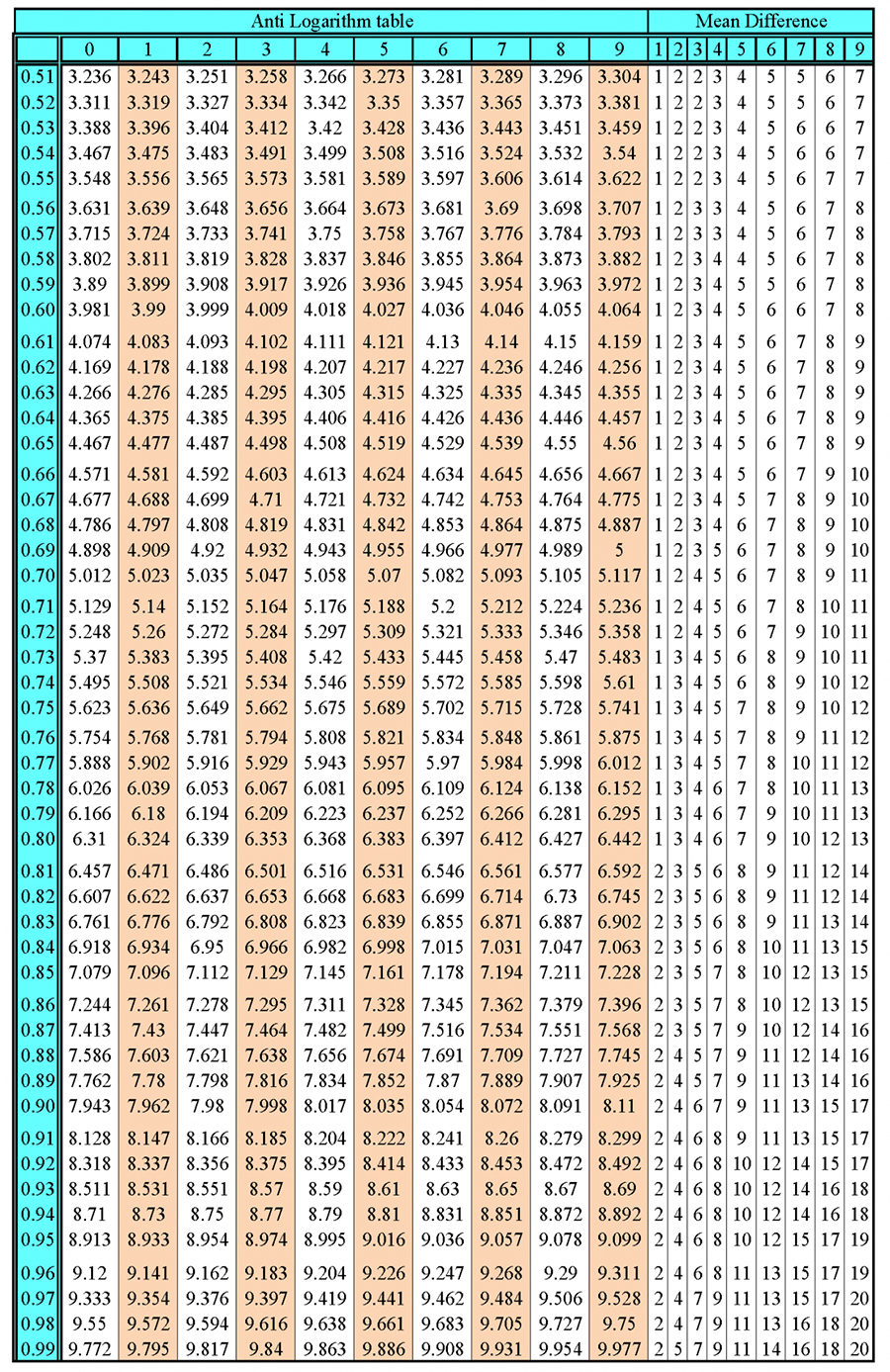Fleming's left-hand rule and Fleming's right-hand rule
In 1885 John Ambrose Fleming was appointed head of electrical technology at University College London, where he devised his right-hand and left-hand rule for the relationship of motion of a wire in an electrical field.
The difference between Fleming's left-hand rule and right-hand rule is that:
LEFT = ELECTRICITY
Fleming's left-hand rule is used when electricity or electrical current is already being passed down a wire.
RIGHT = INDUCE
Fleming's right-hand rule is used when you want to induce (create) an electrical current in a wire.




